Glendale Recharge Ponds
Fast Flight Facts
Target Species: Shorebirds, gulls, waterfowl, raptors, some songbirds (a great place to often search for rarities)
Elevation: 1050'
Habitat: 6 large recharge basins with water levels that often vary
Overall Birding Rating: 4 (Top 10 Maricopa County Hotspot) *sometimes the basins may be completely empty
Difficulty: 1 (Easy), shorebirding in the heat will make birding here difficult
Birding Type: Walking and Scanning, Easy Hiking
Facilities: Parking (restrooms can be found at nearby gas stations)
Fees/Ownership: None/SRP
Closest Town or City/How far from Phoenix: Glendale /13.3 miles northwest of Phoenix
Getting there: From 107th Avenue north of Camelback, a nice dirt road goes to the parking area of the ponds
Overview: The Glendale Recharge Ponds that are owned by SRP are one of the best birding locations in Maricopa County. Six very large basins are very dull looking at a glance, but the birds that show up here make this place one of the most exciting hotspots in the county. Only Willcox is a better spot in Arizona to view shorebirds, as the Glendale Recharge Ponds have had incredible numbers and sightings, from abundant birds to extreme rarities. Not only is it a good shorebird spot, but it brings in numerous waterfowl and raptors in the winter months. The ponds are worth checking year round, especially when full, as this place could have something unusual at any time of the year. The six large ponds/basins are lined up in a way that there are three to the north and three on the south. Water levels vary on a regular basis and can be completely full one day to empty the next. To the immediate area west of the ponds is the Agua Fria River, which upstream and northwest of the ponds provides excellent riparian habitat. Besides shorebirds, waterfowl, and raptors, passerines can be observed as well at times. This spot started to become better known at the beginning of 2009, when a one day Ruff was discovered.
The more uncommon and very rare species that have been seen at these ponds and immediate area have included Eurasian Wigeon, Greater Scaup, Black Scoter, Red-breasted Merganser, Horned Grebe, Roseate Spoonbill, Sandhill Crane, Black-bellied Plover, Snowy Plover, Red Knot, Sanderling, Semipalmated Sandpiper, Sabine's Gull, Glaucous-winged Gull, Mew Gull, Western Gull, Herring Gull, Least Tern, Elegant Tern, American Redstart, and Lapland Longspur.
Perhaps the most incredible occurrence here at Glendale Recharge Ponds was when a pair of Least Terns successfully breed and raised a young bird. A second pair attempted as well but was unsuccessful. The Terns were a treat to see here the entire time they were present, as Melanie Herring monitored and kept a constant study on this state first breeding record, which Least Terns are also an endangered species.
Shorebird migration here is excellent, especially August through September. Spring can be very good as well. Species to expect here are Semipalmated Plover, Killdeer, Black-necked Stilt, American Avocet, Spotted Sandpiper, Solitary Sandpiper, Greater and Lesser Yellowlegs, Willet, Marbled Godwit, Western Sandpiper, Least Sandpiper, Baird's Sandpiper, Pectoral Sandpiper, Dunlin (Oct-winter), Stilt Sandpiper, Long-billed Dowitcher, Wilson's Snipe, Wilson's Phalarope, and Red-necked Phalarope. Uncommon shorebirds to watch for are Black-bellied Plover (uncommon to rare spring and fall), Snowy Plover, Long-billed Curlew, Sanderling (uncommon to rare in fall), and Semipalmated Sandpiper (casual in spring, uncommon in fall). Gulls and terns to watch for here throughout the year are Bonaparte's, California, and Ring-billed Gulls as well as Black, Least, and Forster's Terns. The Least Terns are rare, but seem to be annual at the Glendale Recharge Ponds and the nearby Agua Fria Riverbed. Waterfowl to expect here especially in late fall, winter, and early spring include Canada Goose, Gadwall, American Wigeon, Mallard, Cinnamon Teal, Northern Shoveler, Northern Pintail, Green-winged Teal, Canvasback, Redhead, Ring-necked Duck, Lesser Scaup, Bufflehead, Common Goldeneye, Hooded Merganser and Common Merganser. Uncommon species that are usually present annually are Greater White-fronted Goose, Blue-winged Teal and Red-breasted Merganser. Usually, late October through December offer the better chances to view a higher number of waterfowl before the numbers dwindle down, although good numbers are usually present through earlier spring. Grebes can also be numerous, especially in migration. Watch for Eared, Pied-billed, Western, and always keep an eye out for Clark's and Horned, who have each been recorded here one time or another. American White-Pelicans are usually present September through October. Herons are always present also, and at times in very large numbers. Raptors love the area, as Ospreys, Bald Eagles, Northern Harriers, and Peregrine Falcons are commonly present, the first three in the winter months. All of them can also be seen on the ground perched on the banks and sides of the ponds at times. Black Vultures have been seen, and Sharp-shinned, Cooper's, and Red-tailed Hawks; and American Kestrels are commonly present also. There has also been occasions of seeing Barn and Great Horned Owls near the ponds. Belted Kingfishers prefer the canal areas between and east of the basins in the winter months. Other than waterbirds and raptors, the basins and surrounding areas provide habitats for passerines. This has included Lesser Nighthawk, Black-chinned, Anna's, and Costa's Hummingbirds; Gila and Ladder-backed Woodpeckers, Northern "Red-shafted" Flickers, Black and Say's Phoebes, Vermilion Flycatcher, Ash-throated Flycatcher, Western Kingbird, Loggerhead Shrike, Warbling Vireo, Horned Lark, Northern Rough-winged, Tree, Violet-green, Bank, Barn, and Cliff Swallows; Rock, Bewick's, House, and Marsh Wrens; Ruby-crowned Kinglet, Northern Mockingbird, Curve-billed Thrasher, American Pipit, Orange-crowned, Lucy's, and Yellow-rumped Warblers; Chipping, Brewer's, Vesper, Black-throated, Savannah, Song, Lincoln's, and White-crowned Sparrows; Red-winged and Yellow-headed Blackbirds, and Lesser Goldfinch.
Birding Tip: IMPORTANT-The Glendale Recharge Ponds are owned by SRP. Birders should be on their very best behavior when visiting these ponds, because SRP has been generous enough to let birders use their work area. If an SRP employee is working, always give them the right of way and be polite to them. Do not enter or go into the basins. CAUTION-Lock your cars and keep your valuables out of sight when birding here, there has been gang activity in the past. Birding wise, these ponds should be checked regularly, especially in the right seasons. During the hot months of July, August, September, and early October, be sure to bring plenty of water, it gets hot here very quickly and there is no shade or cover. It is best to come here early in the morning or late evening to avoid the extreme heat. A scope is always very important and useful. To have success, thoroughly scan every pond that has water. Walk the shorelines, as many of the shorebirds and ducks will sit on the shoreline and at times are hard to see. A Red Knot that was chased here was in the middle of several hundred Black-necked Stilts, and never would've been able to be seen unless that particular shoreline was covered well. So it's important to walk around and thoroughly scan every pond if time permits. A canal runs through the middle of the basins, this canal should be checked as well. Other than waterbirds, check the areas surrounding the ponds. The farm area to the immediate east of the ponds that has mesquite trees can be good for Vermilion Flycatcher. To the west of the ponds, is the Agua Fria River channel, and it runs into a very nice riparian area that consists of willows, a few cottontails, and a reed habitat. The best part of this riparian section is to the northwest of the basins and should be checked when birding the ponds.
Directions: The Glendale Recharge Ponds are located by heading north at the intersection of 107th Avenue and Camelback. A good way to reach 107th and Camelback would be to take the 101 freeway to the Camelback exit, where 107 Avenue is shortly west after turning off the exit. Once turning north on 107th Avenue, take 107th Avenue all the way north until a dead end is reached. From there, there is a noticeable dirt road (which is actually Bethany Home Road) that turns off sharply to the right (east). Continue east on this dirt road until you reach the end where stone walls prevent any further driving east. Park here and walk into the pond area. Another parking area is located right when you reach the dead end of 107th Avenue on a bridge just barely northwest of where the pavement ends. From either of these places, walk into the area of the ponds to begin birding.
Pages:
Glendale Recharge Ponds Map
Glendale Recharge Ponds eBird Data
Sights and Scenes from Glendale Recharge Ponds:

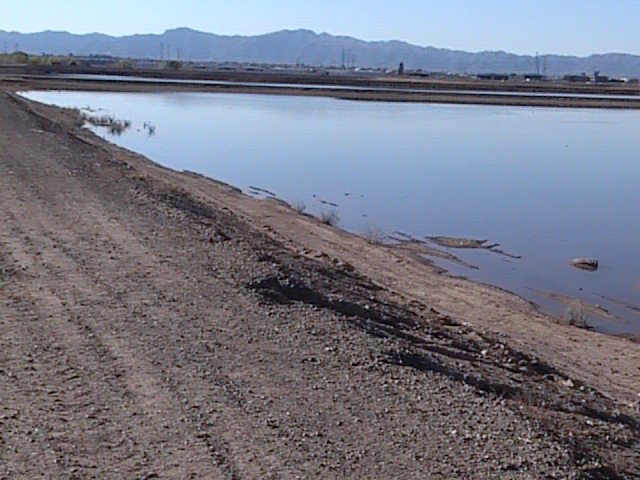

Canal in the middle of the basins
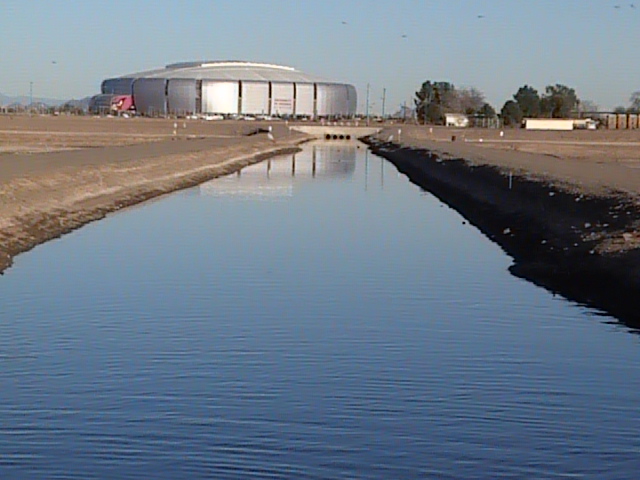
The Agua Fria riparian area to the northwest of the basins...
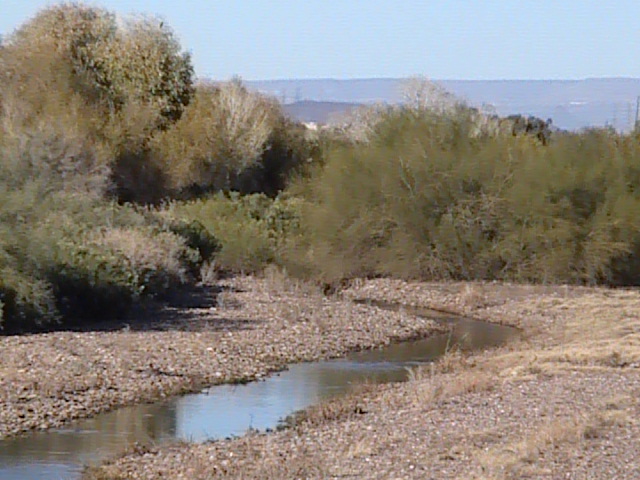

Birdlife of the Glendale Recharge Ponds (regular and rare)
Black Scoter (rarity)
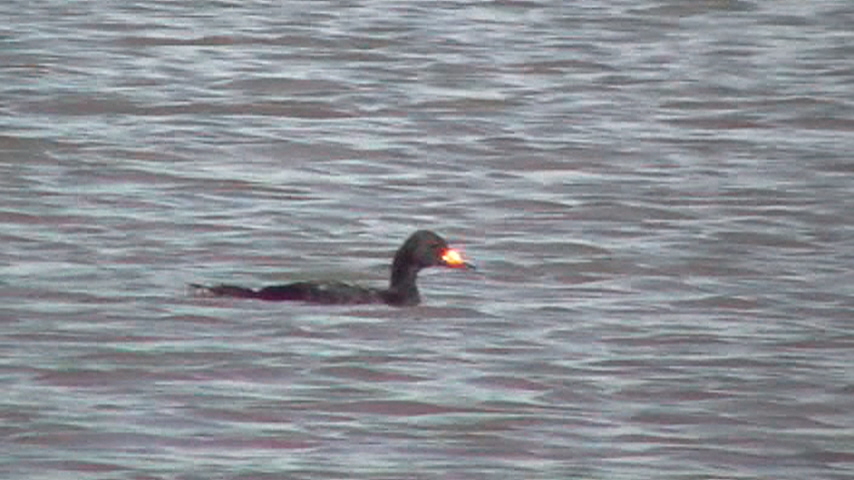
Mew Gull (rarity)

Glaucous-winged Gull (rarity-7th Arizona state record)

Mew Gull (L) and Glaucous-winged Gull (R)-Two rarities keeping each other company.

Eurasian Wigeon (rarity)
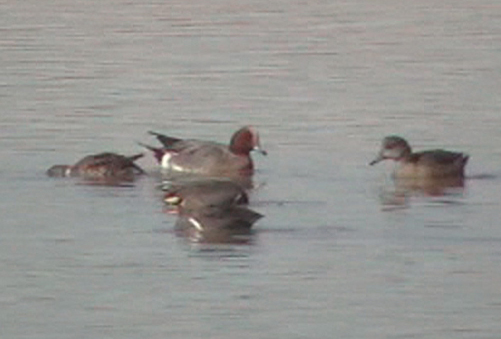
Greater White-fronted Goose

American White Pelican
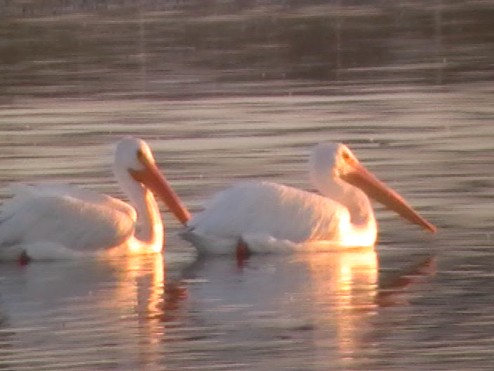
Western and Eared Grebes

Caspian Terns
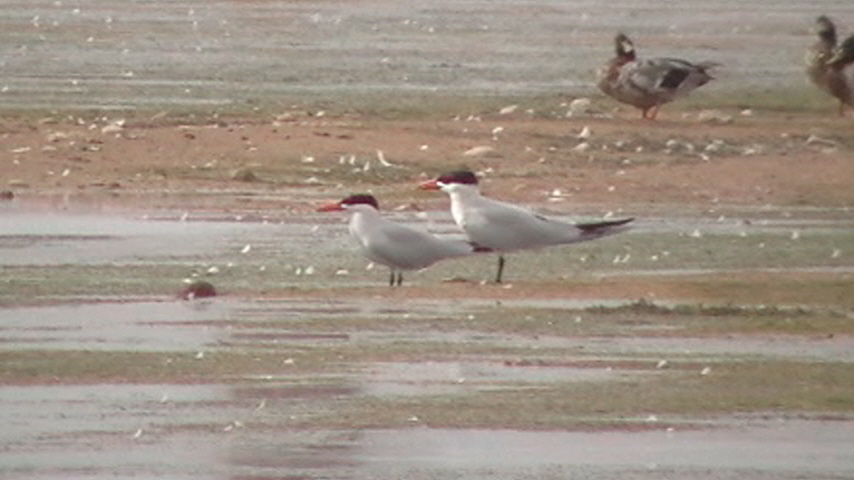
Roseate Spoonbill (rarity)

Whimbrel (rarity)

California Gull
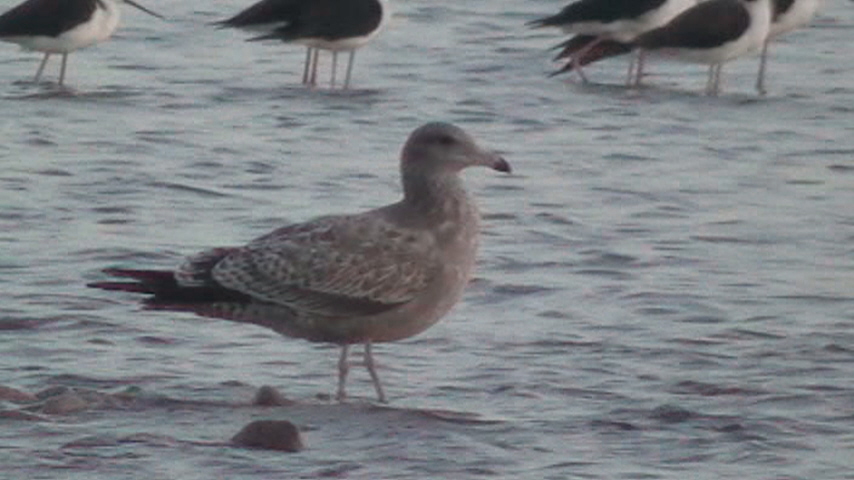
Elegant Tern (rarity)

Least Tern (first breeding record for Arizona, adult on left, fledged juvenile on right)-(rarity)
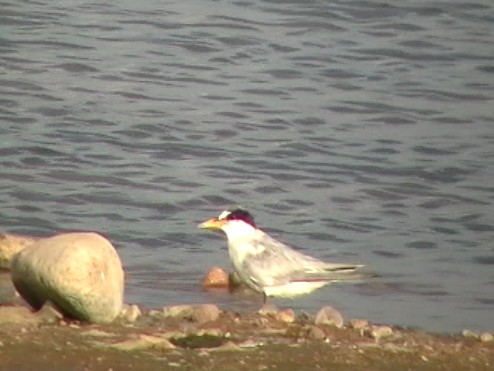 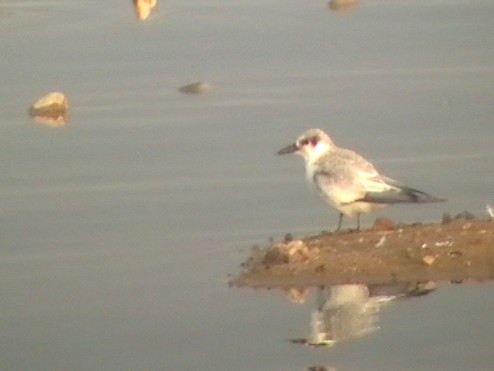
Sabine's Gull (rarity)
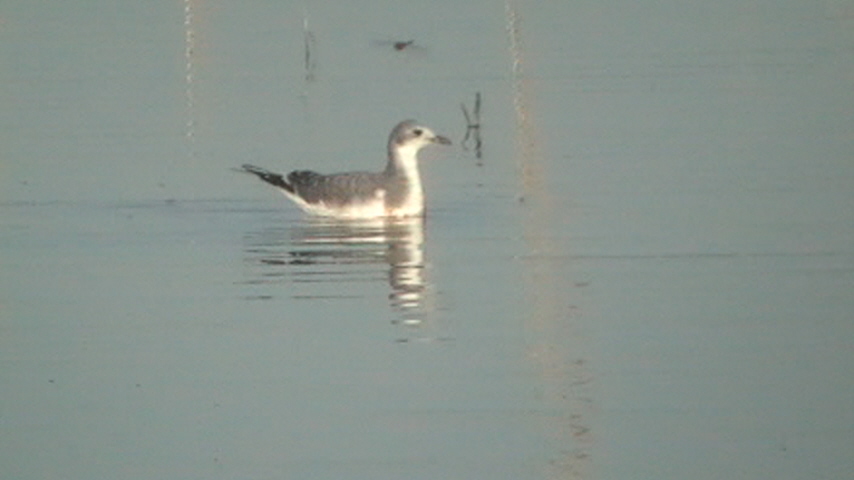
Western Gull (3rd Arizona record)-(rarity)
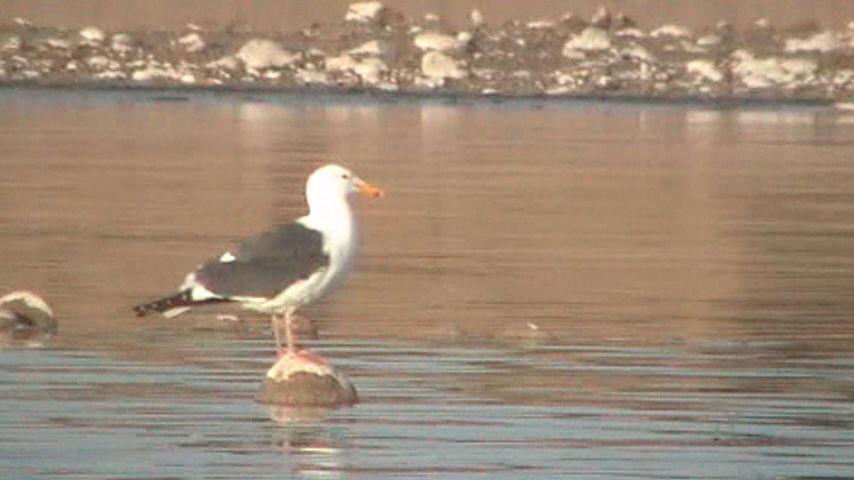
Peregrine Falcon
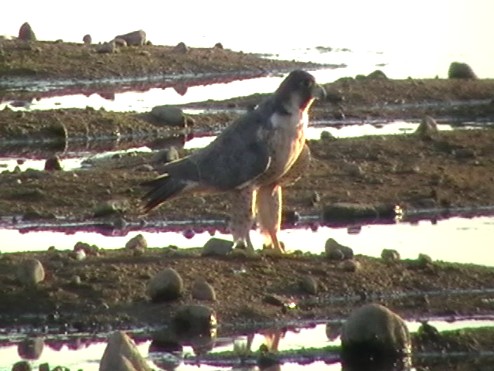
Bald Eagle (3rd year)

Willet
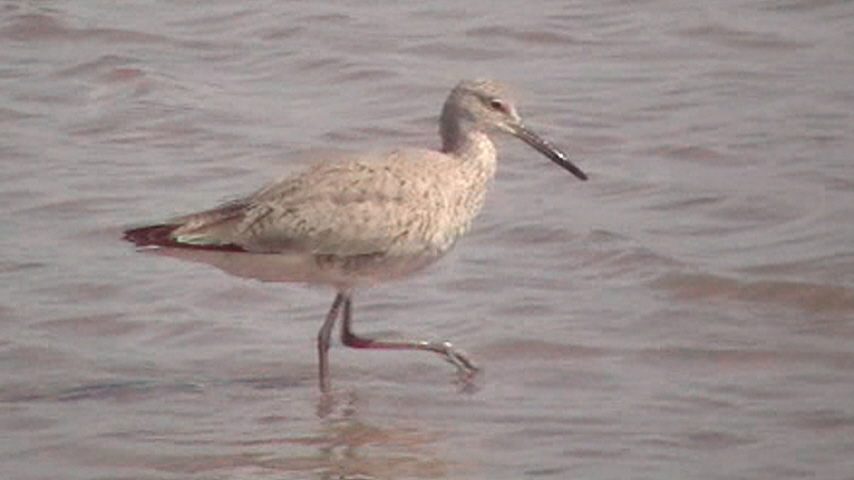
Common Tern (uncommon fall migrant)

Baird's Sandpiper

Black-bellied Plover

Long-billed Curlew with Black-necked Stilts and Long-billed Dowitchers
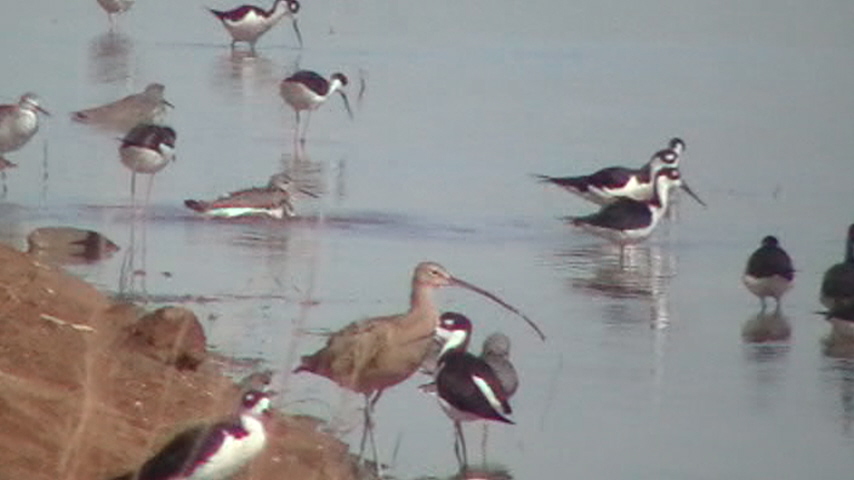
Least Sandpiper

Marbled Godwit
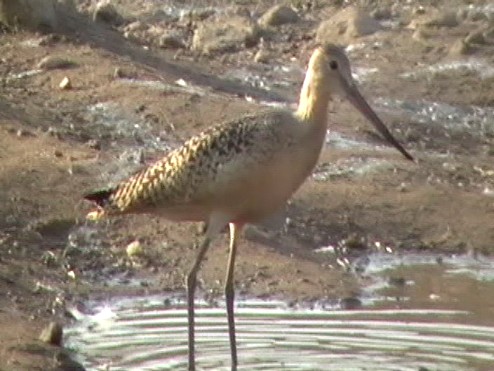
Pectoral Sandpiper

Short-billed Dowitcher (rarity)

Red-necked Phalarope (breeding left, non-breeding right)
 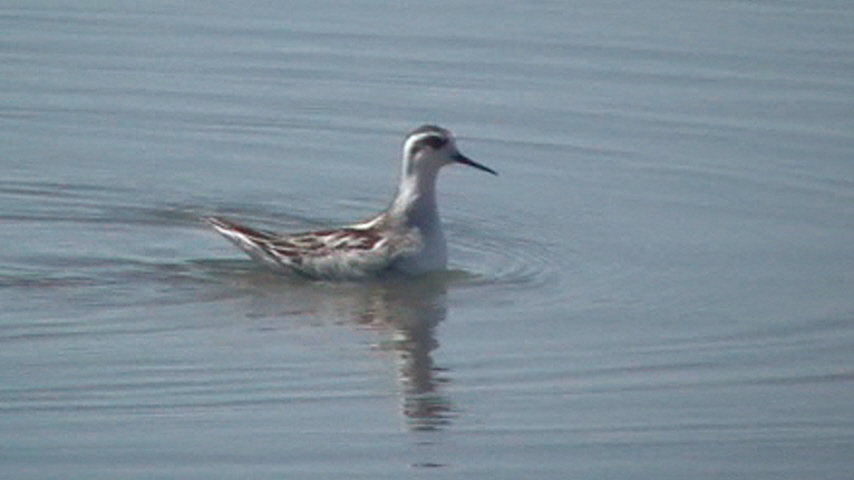
Red Knot (rarity)
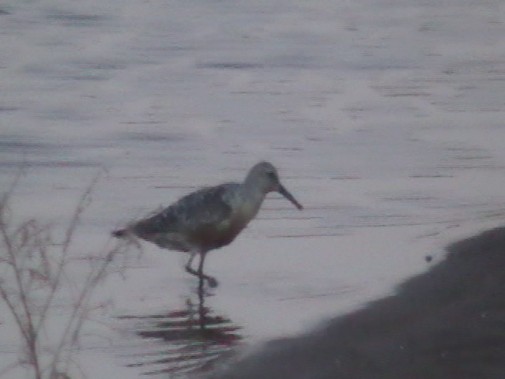
Sanderling
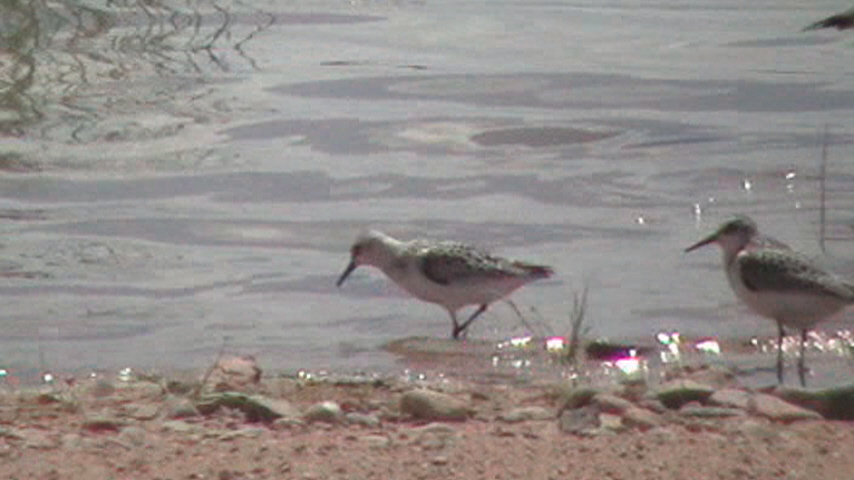
Snowy Plover
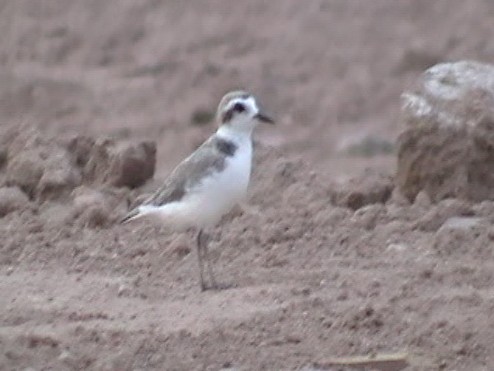
Solitary Sandpiper
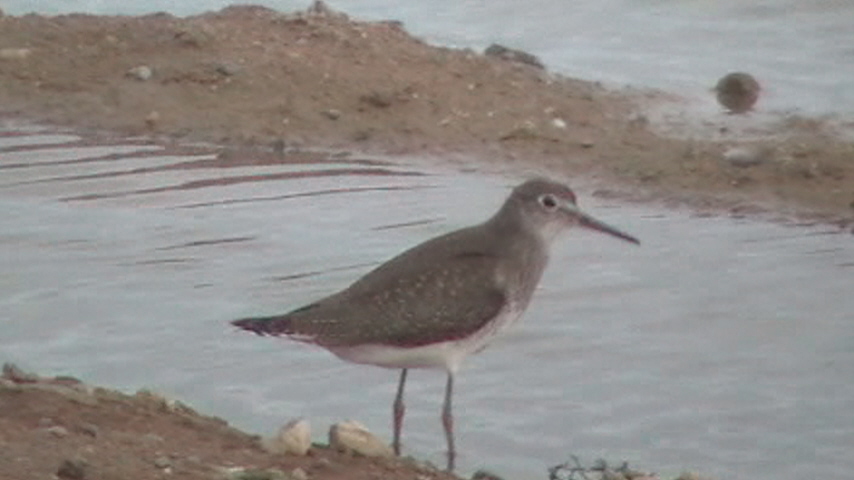
Semipalmated Plover
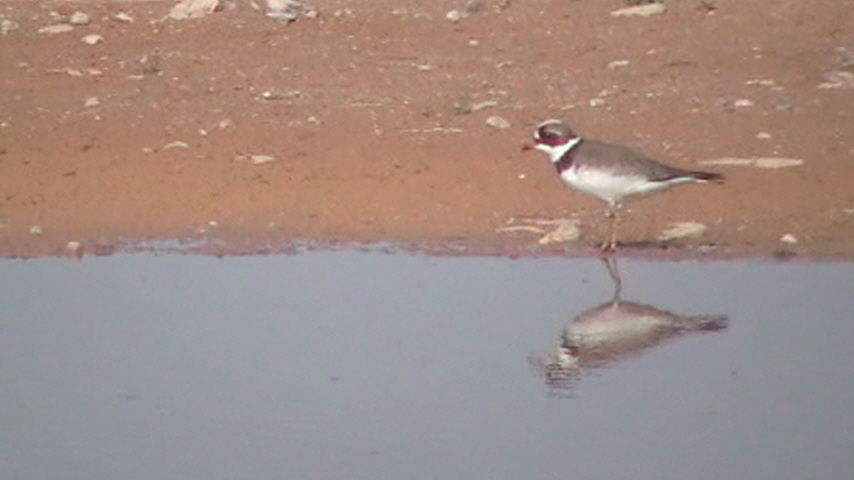
Western Sandpiper
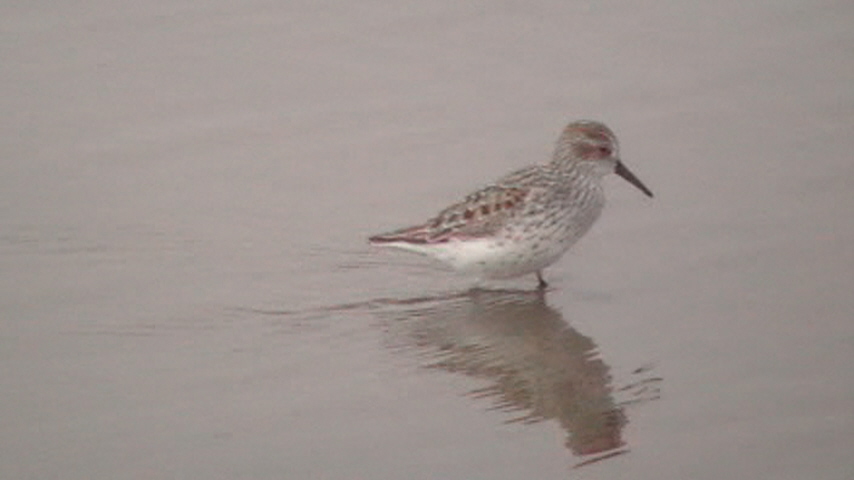
Wilson's Snipe

Back to Area 7-Southwest Phoenix |
